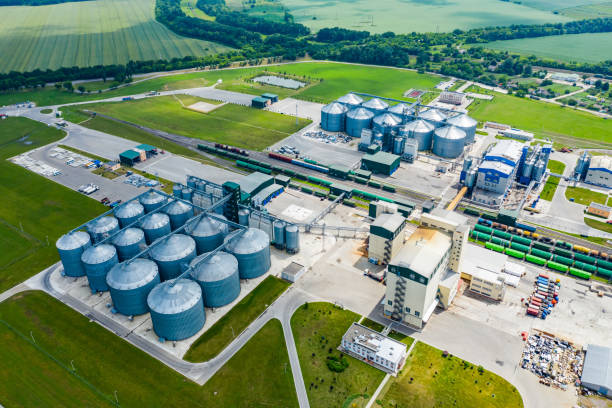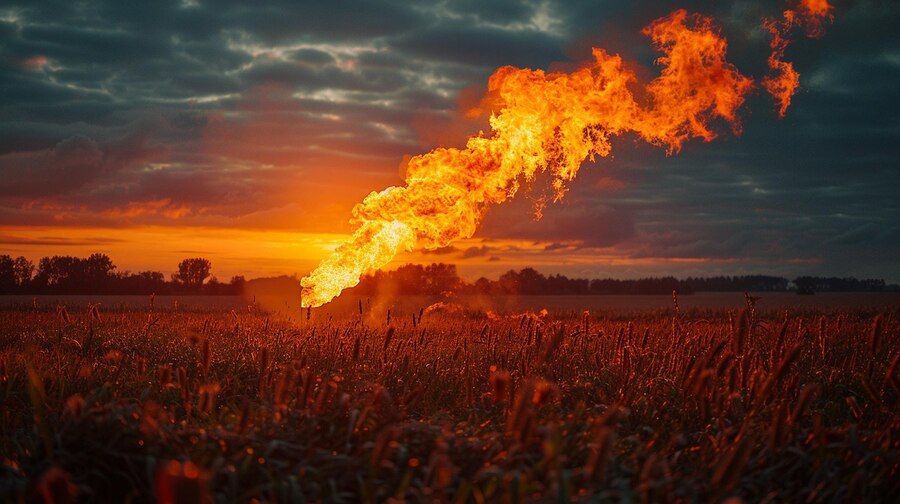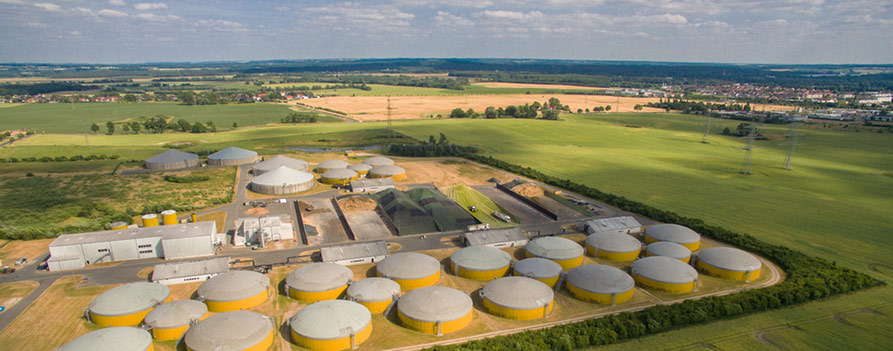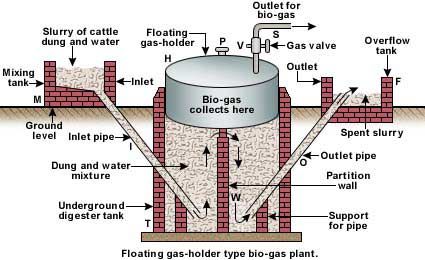
Welcome to GreenAgro
Green Agro Environment Services is a leading pro-environment company. We understand
health hazard and the quantum of damage of solid Waste can cause to the lives of humans and
that of animal species. We kick started managing solid Waste back in 2007 when waste
disposal wasn't looked at as hazardous threat to life. Waste irrespective of nature calls for
proper disposal and over the years with our premium services and dedicated team work with
likeminded environmentalists and entrepreneurs we have built a robust self-sustaining work
model.

India's biogas program
The Ministry of New and Renewable Energy (MNRE) of India has extended the National Bioenergy Programme from 2021-2022 to 2025-2026. The program's objectives include setting up biogas plants for clean cooking, lighting, and thermal and small power needs. The program also aims to reduce greenhouse gas emissions, improve sanitation, and create rural employment.
- Biogas; a promising renewable alternative for natural gas with similar applications
- AD process is accompanied with several environmental advantages compared with incineration, landfilling, and composting.
- Recent developments in metagenomics techniques have provided valuable tools to achieve improved AD process.
The upgrading section of the plant can consist of a 2 or 3 stage membrane system, whereby CO2 and biomethane are separated into concentrated gas streams for final processing.
Features
Here are some features of biogas:

Burning
Biogas burns with a blue flame at a temperature of 800 °C.
- Ignition temperature: Biogas has an ignition temperature of around 700°C.
- Flame temperature: Biogas burns with a blue flame that can reach temperatures of 800–870°C. The flame color can be more reddish if cow dung or goat manure is used as a starter.
- Air requirements: Biogas requires less air for combustion than other gases.

Biogas Energy source
Heating and cooking: Biogas that has been cleaned up and upgraded to natural gas standards can be used for cooking and heating.

BioGas Collection
Biogas can be collected from a variety of sources, including landfills, livestock manure, and wastewater treatment plants. The biogas is then stored and used as an energy source for cooking, heat, or electricity production.
